The Cold War
Following the Second World War, we had a period in history called the Cold War. The Soviet Union and the United States had been on the same side during the war, but after the war they became rivals. Both countries wanted to rule the world in their own way, and had opposing ideologies. This resulted in a war between East and West where the authorities resorted to espionage in an attempt to find out what their rivals were doing. The United States and the Soviet Union have never used weapons against each other, but have come close on several occasions.

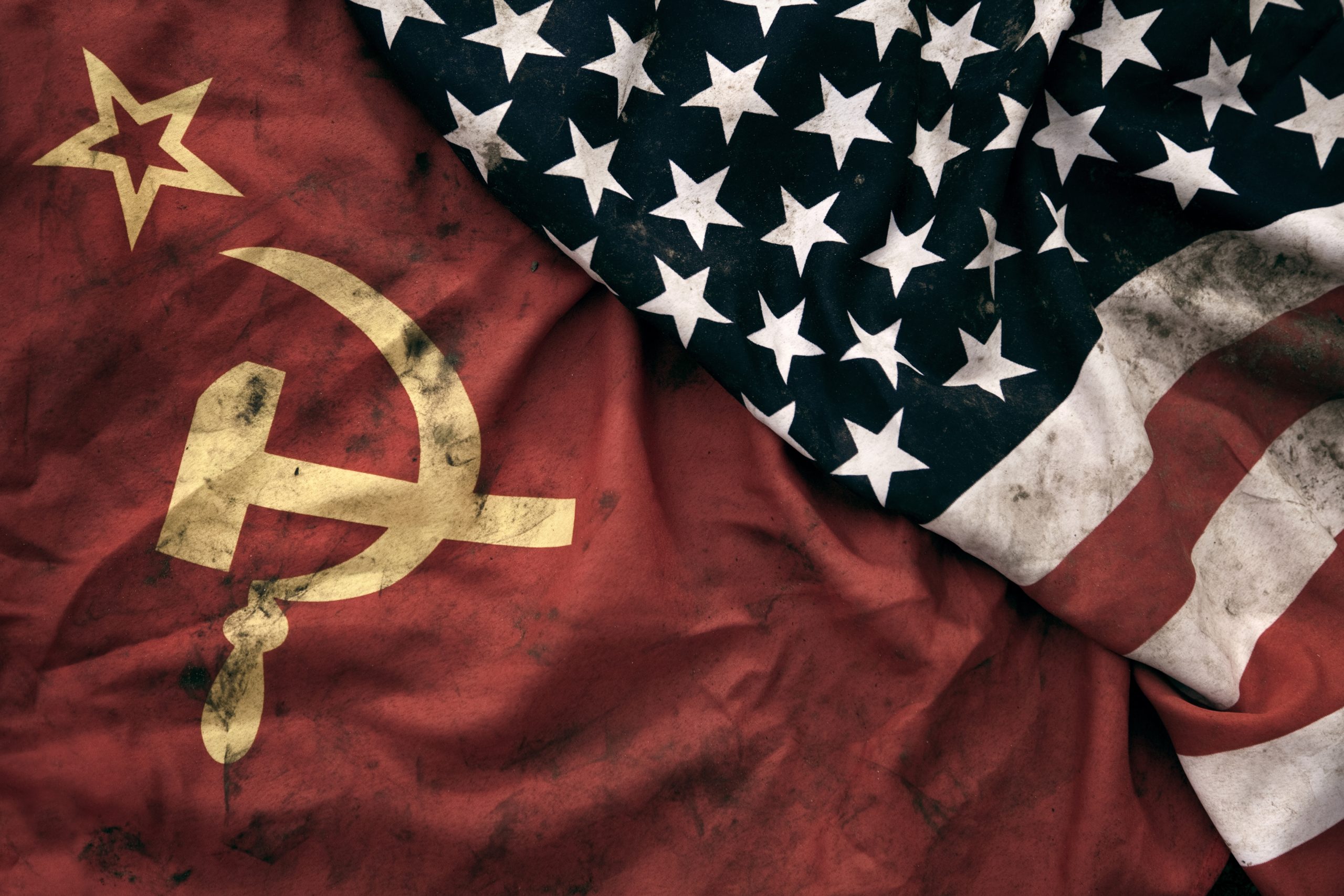
The Cold War
The Cold War was between the United States and the Soviet Union. They got help from other countries that supported them. They tried to buy as many weapons as possible to scare the other. The goal was to be the biggest and best.

Stor russisk kanon foran en blå himmel med hvite skyer.
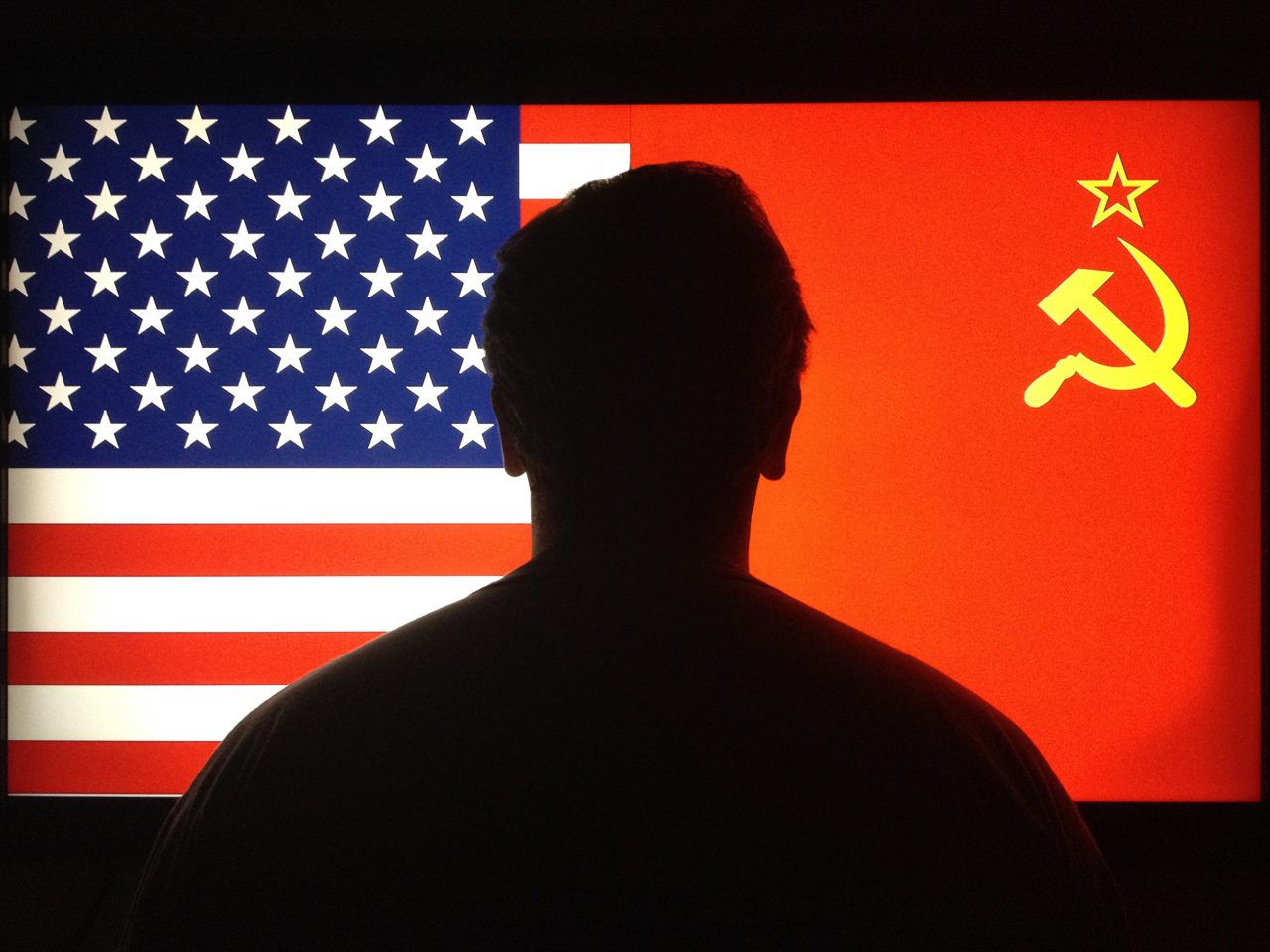
En sort silhouette står med ryggen til oss og ser på et amerikansk og et sovjetisk flagg.
The Berlin Wall
Germany was split into two parts after World War II: East Germany and West Germany. A tall wall in Berlin was built to split the city into two parts. The wall was a symbol of the Cold War.
📷 The Berlin Wall in the 1960s
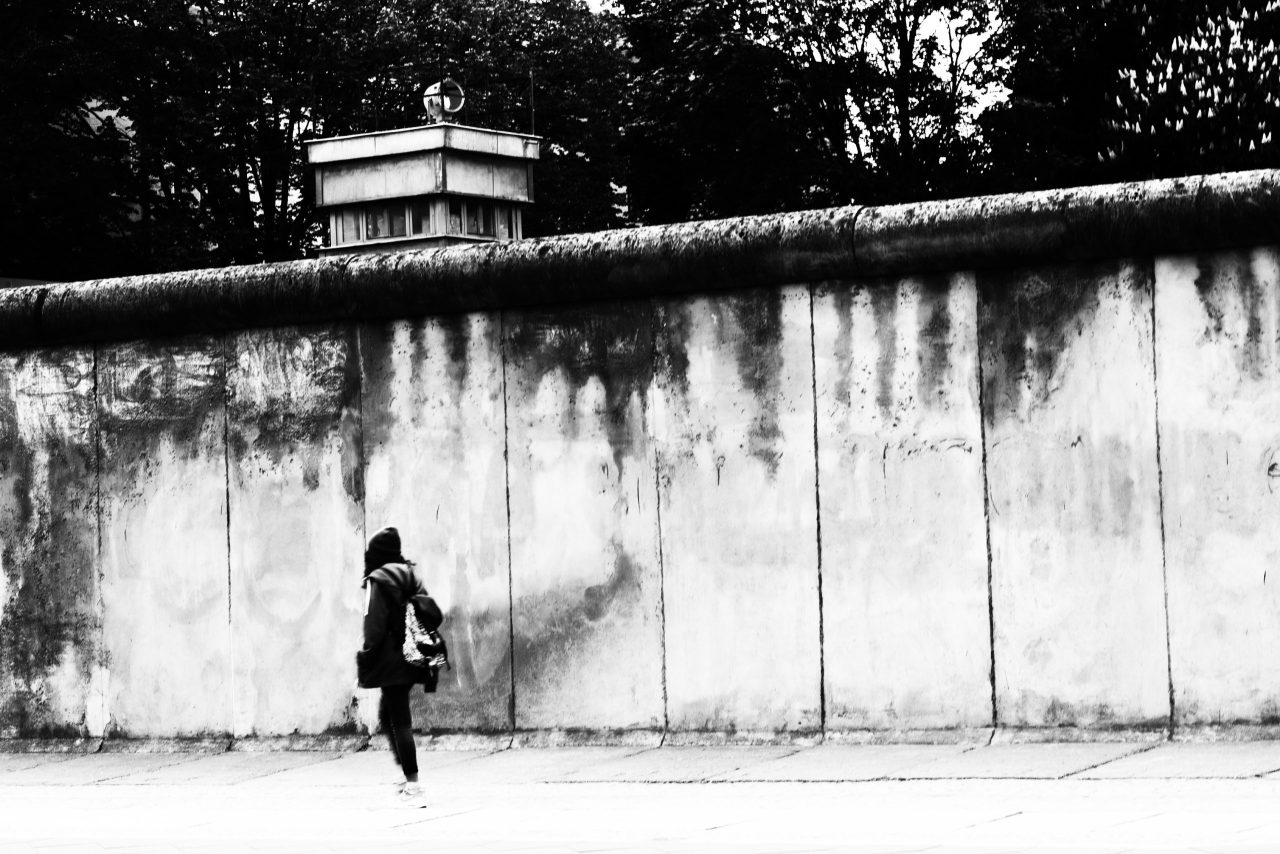
Sort hvitt bilde av en person som går langs Berlinmuren
A balance of terror
A balance of terror means that countries threaten each other to wipe out the other, in this case, the US and the Soviet Union. Both countries gained weapons including atomic bombs.
The Iron Curtain spreads across Europe
Both the USA and the Soviet Union entered a pact with countries that supported them to be stronger. These were the North Atlantic Treaty Organization (NATO) and the Warsaw Pact. The result was that Europe was split in two, the Western part that supported democracy and capitalism and the Eastern part that was ruled by the Soviet Union and communism.
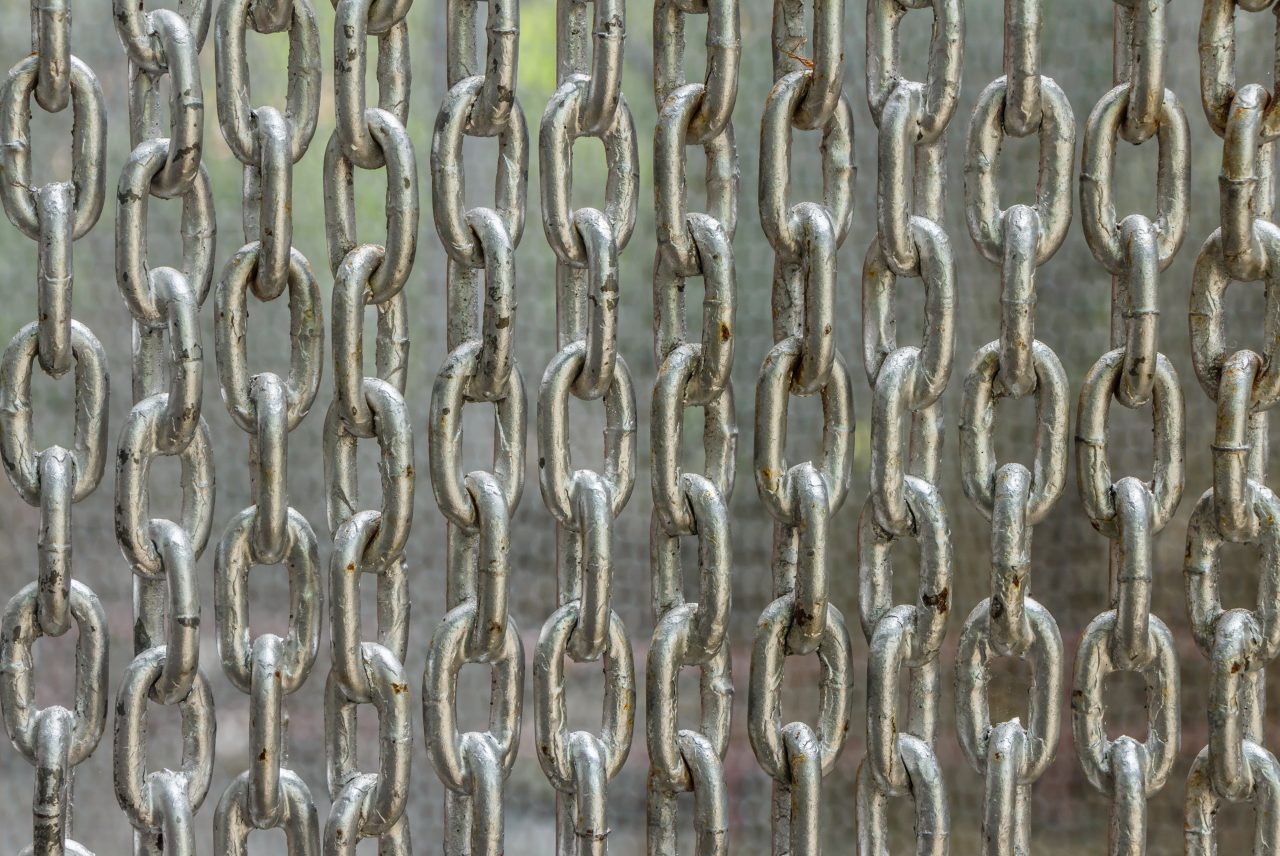
Kjettinger som henger som et teppe.
The North Atlantic Treaty Organization (NATO)
The US and Western countries created the North Atlantic Treaty Organization (NATO) in 1949. Turkey became a member in 1952. After that, NATO was able to block a fleet owned by the Soviet Union. This led to an escalation of the Cold War. NATO still plays an important role in the world.
📷 Finland’s foreign minister Pekka Haavisto, NATO Secretary General Jens Stoltenberg and Sweden’s Foreign Minister Ann Linde

Finlands utenriksminister Pekka Haavisto, Natos generalsekretær Jens Stoltenberg og Sveriges utenriksminister Ann Linde
The Warsaw Pact
The Warsaw Pact was a security and military alliance between the Soviet Union and the communist countries in Europe. This pact was very different from NATO. The Warsaw Pact ended in 1991.
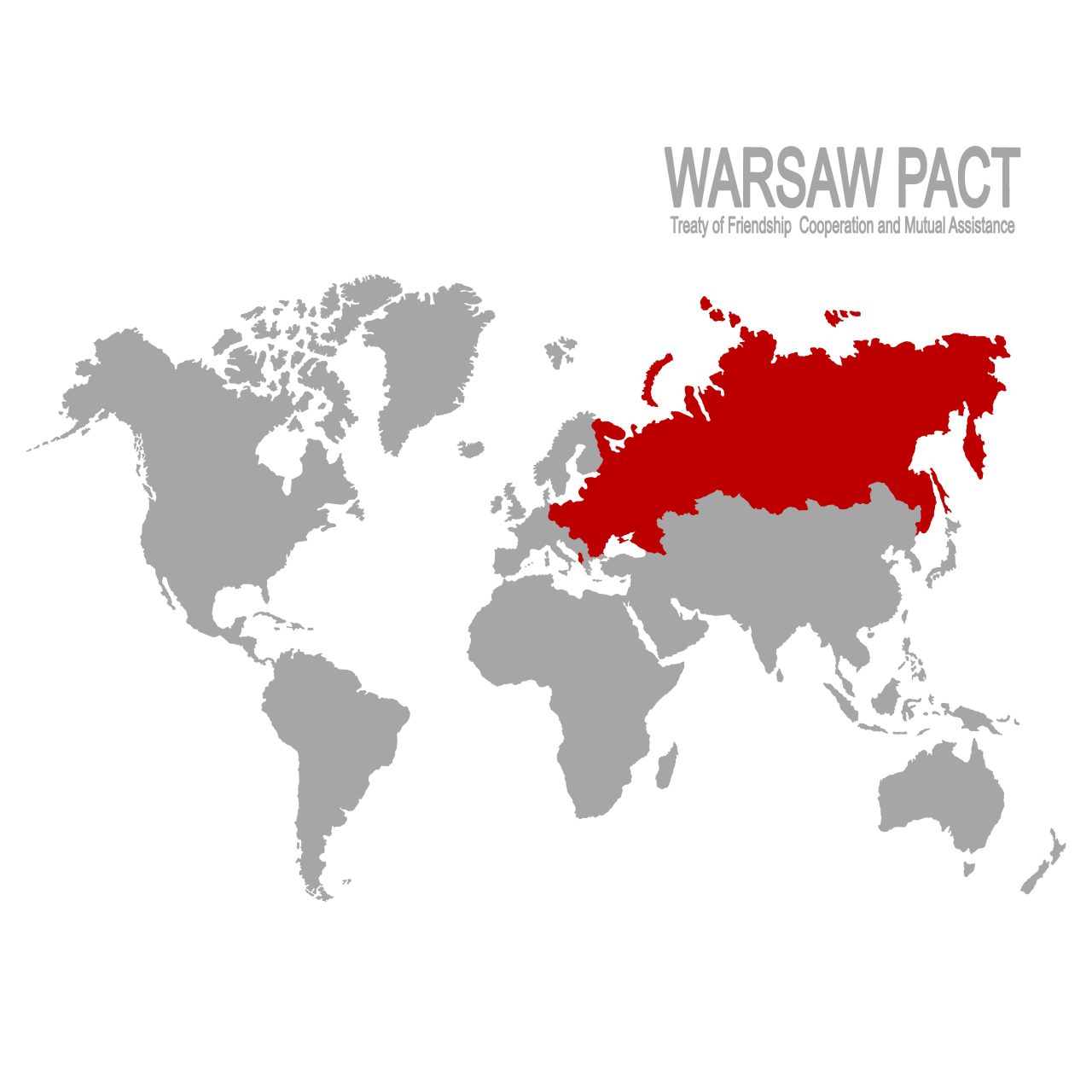
Kart med medlemslandene til Warszawapakten.
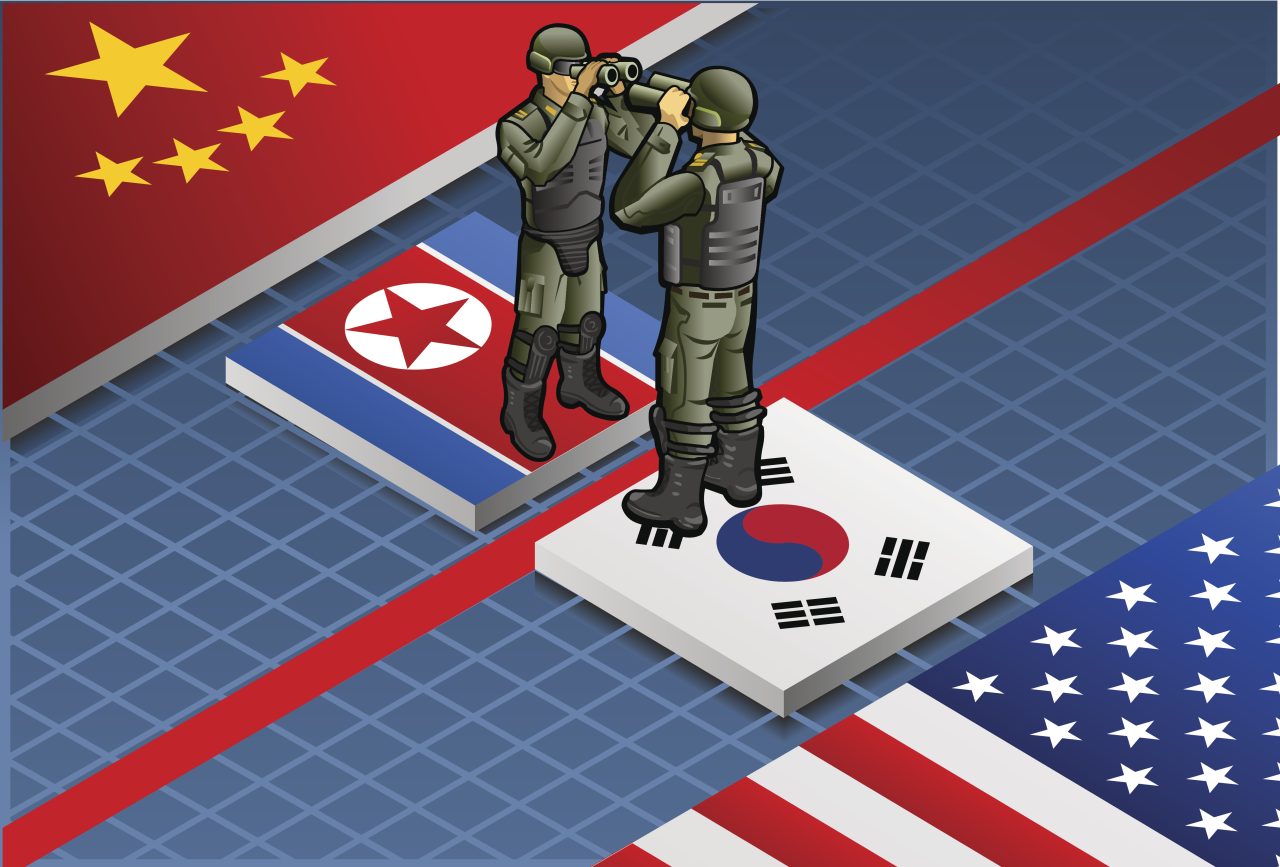
To soldater står på hvert sitt koreanske flagg og ser på hverandre med kikkert på hver sin side av grensen mellom Nord- og Sør-Korea.
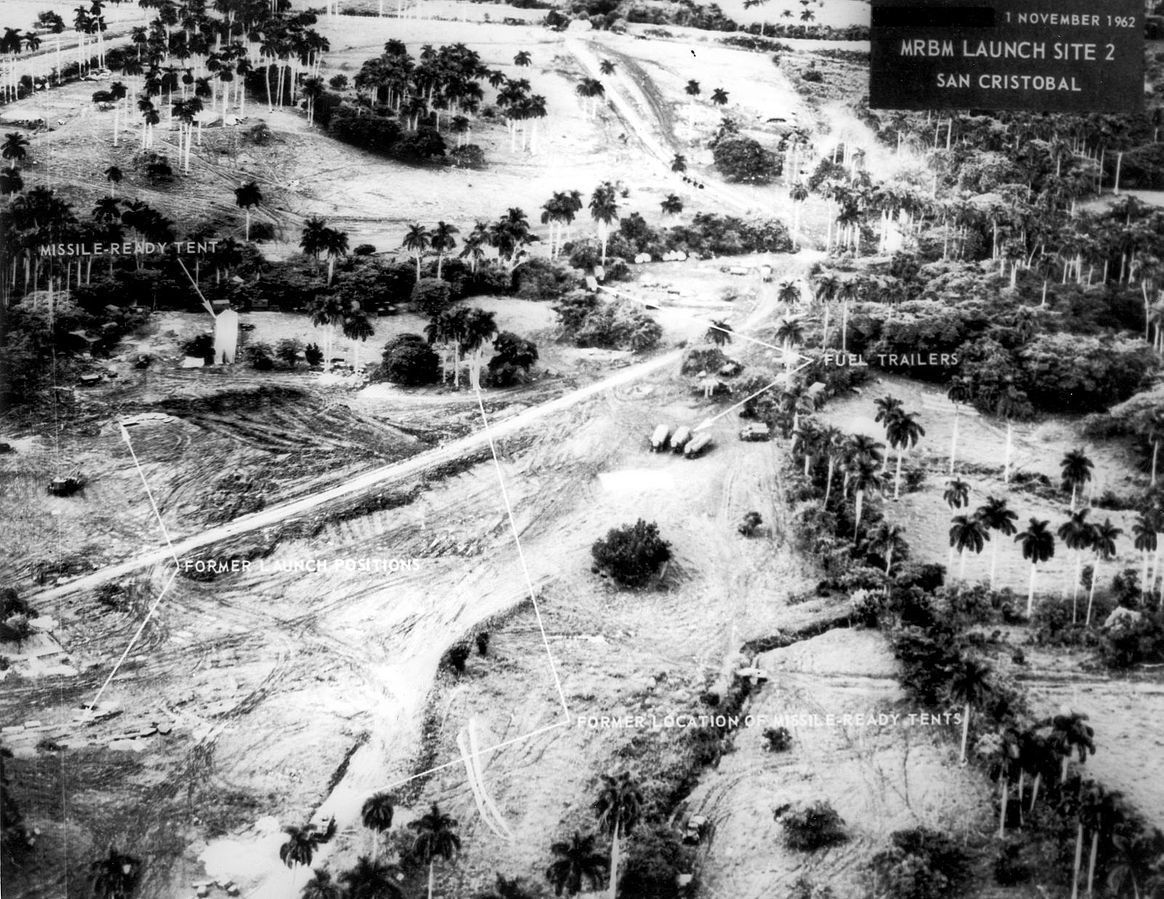
Sort hvitt flyfoto av sovjetiske rakettbaser på Cuba på 1960-tallet.
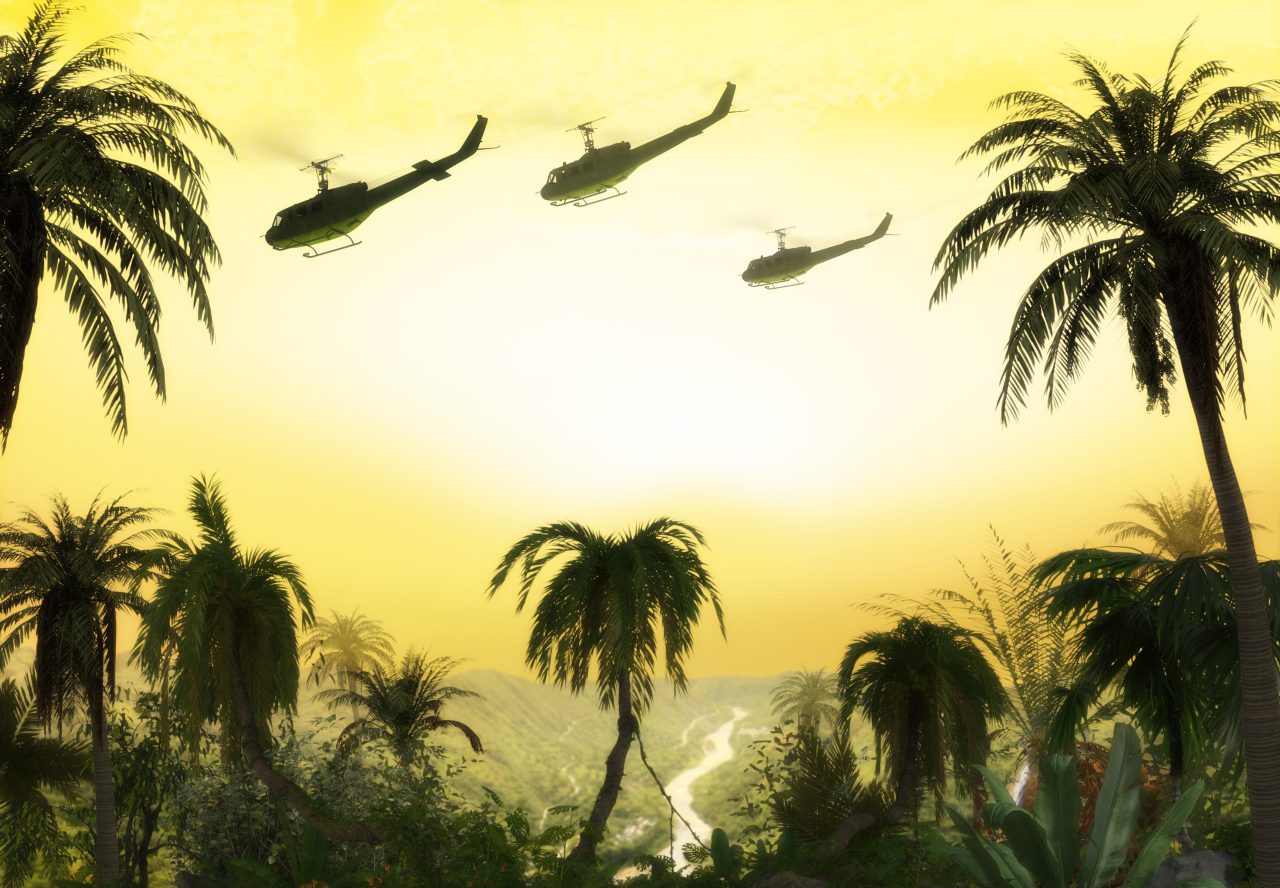
Tre amerikanske helikoptere flyr over vietnamesisk jungel i solnedgang.
China
Mao Zedong was the leader of China. China was a communist country. In 1950, China created a friendship and a defence pact with the Soviet Union. The pact ended in 1961 because of bad relations between the two countries.
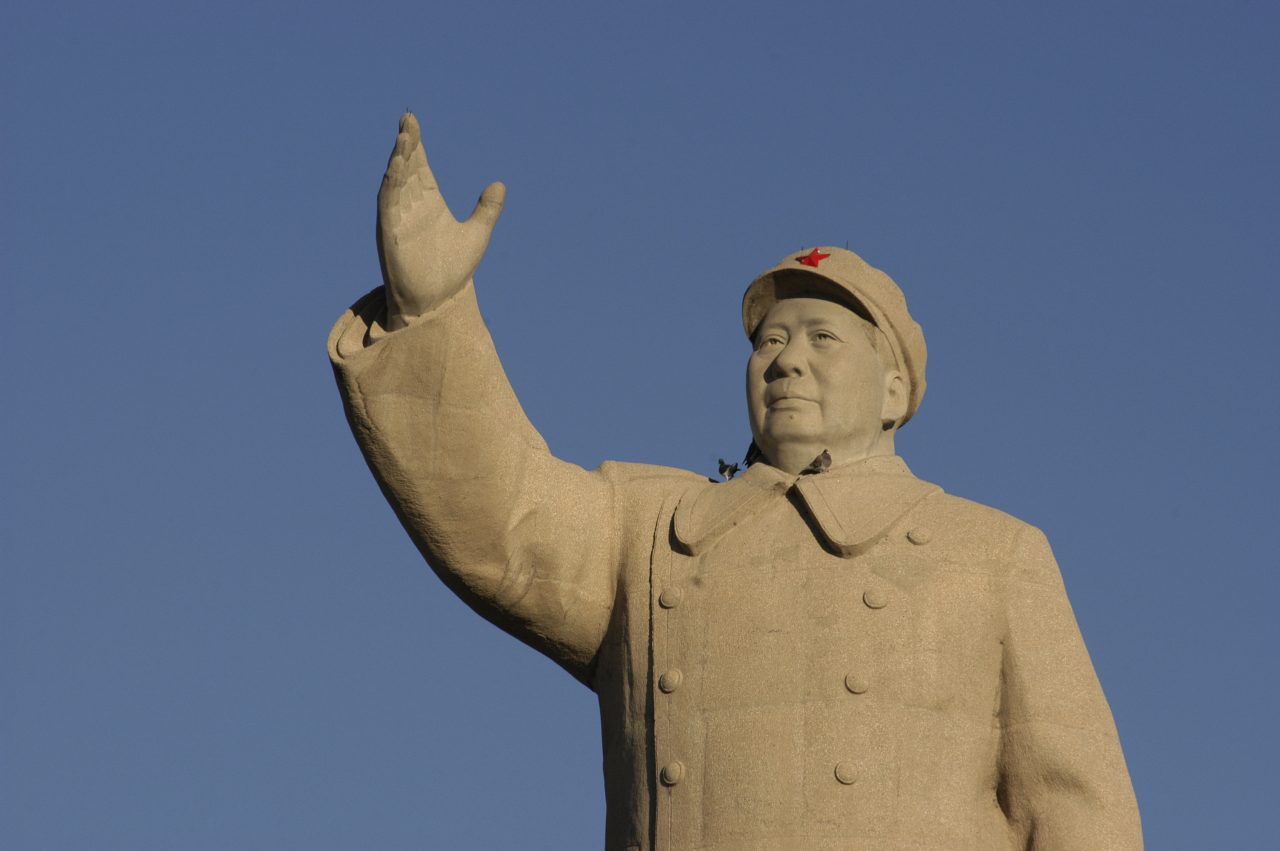
Statue av Mao Zedong der han løfter høyre arm opp mot den blå himmelen.
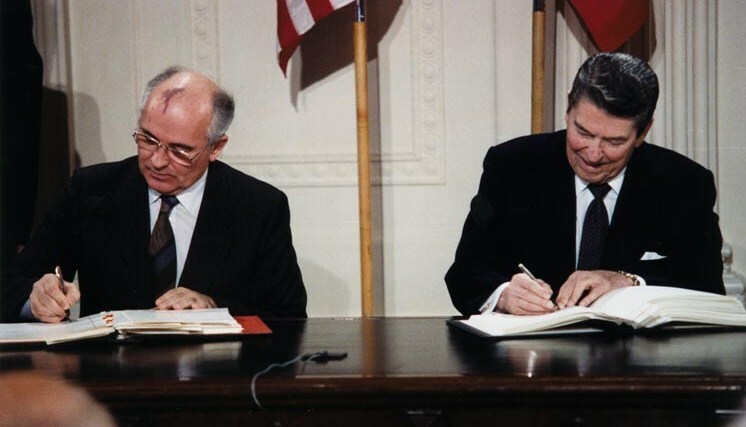
Den amerikanske president Ronald Reagen og den sovjetiske generalsekretær Mikhail Gorbatsjov underskriver en nedrustningsavtale i 1987.
Sources:
- Tvedt, Knut Are; Tjelmeland, Hallvard: den kalde krigen i Store norske leksikon på snl.no. Hentet 25. august 2022 fra https://snl.no/den_kalde_krigen
- Goplen, Ådne; Tønnesson, Øyvind: Warszawapakten i Store norske leksikon på snl.no. Hentet 25. august 2022 fra https://snl.no/Warszawapakten
- Stoltz, Gerhard; Thorsen, Dag Einar: kapitalisme i Store norske leksikon på snl.no. Hentet 25. august 2022 fra https://snl.no/kapitalisme
- Egge, Åsmund: kommunisme i Store norske leksikon på snl.no. Hentet 25. august 2022 fra https://snl.no/kommunisme
- Dypvik, Astrid Sverresdotter: Berlinmuren i Store norske leksikon på snl.no. Hentet 25. august 2022 fra https://snl.no/Berlinmuren
- Civita (25.08.2022): Den kalde krigen https://civita.no/politisk-ordbok/den-kalde-krigen/
- Dalen, Marit; Allkunne: jernteppet i Store norske leksikon på snl.no. Hentet 25. august 2022 fra https://snl.no/jernteppet
Media Rights:
-
-
Getty Images
-
Getty Images
-
Getty Images
-
Getty Images
-
Getty Images
-
NATO
-
Getty Images
-
Getty Images
-
Getty Images
-
Getty Images
-
Getty Images
-
Reagan Foundation/White House Photographic Office.
-

